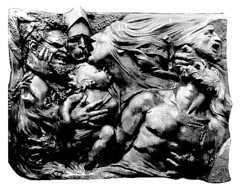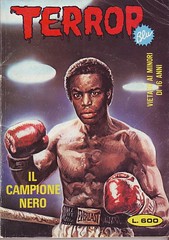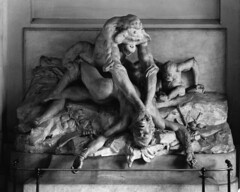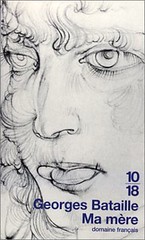No particular narrative …


Antoine-Augustin Préault‘s La Tuerie (The Killing) (1834) is a relief sculpture first exhibited at the Paris Salon of 1834. Its thematic violence and stylistic daring shocked conventional taste at the Salon, one of whose visitors characterized the work as an “incredible farrago of every horror, wretchedness, misery, extravagance, monstrosity.” Tuerie was supposedly admitted to the Salon of 1834 at the insistence of the academician Jean-Pierre Cortot. Since no particular narrative was associated with the work, it was perceived by contemporaries as gratuitous carnography.
See previous carnographies




